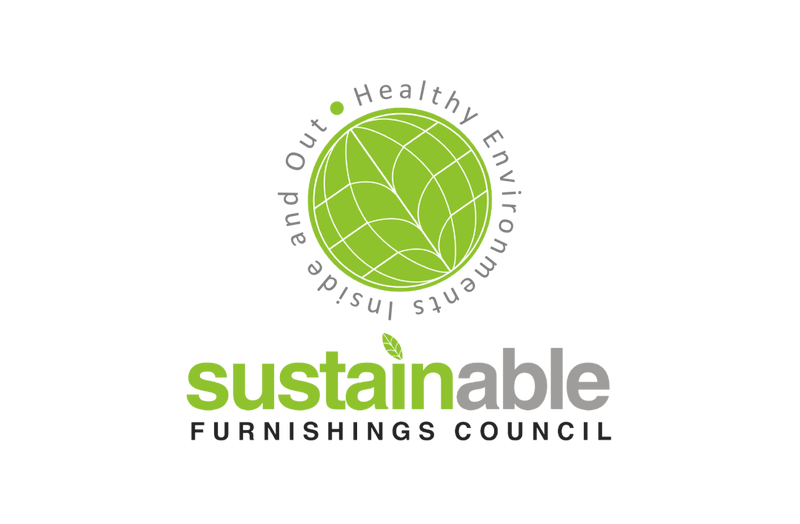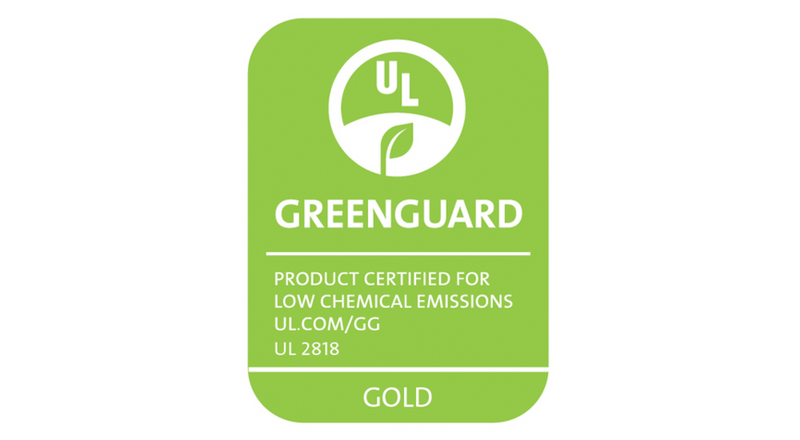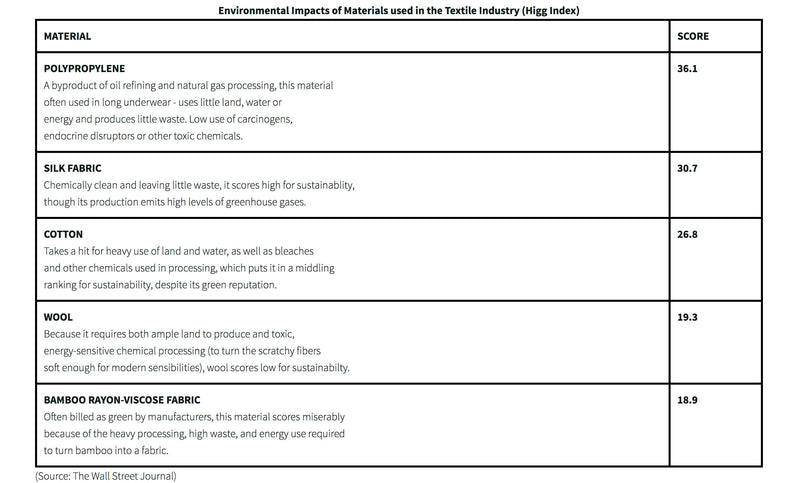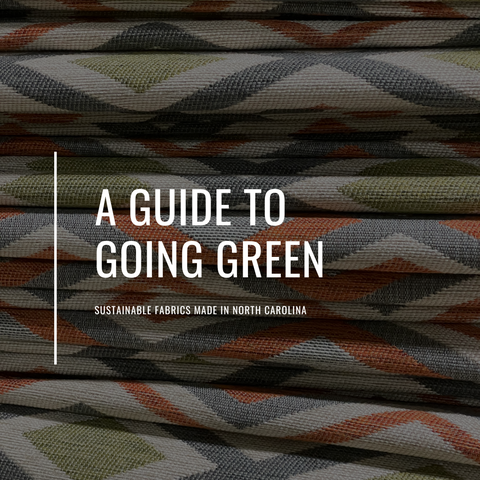We see a world where American-made fabrics continue to compete on the global level- united in the joy of creating safe, environmentally friendly performance fabrics. Driven by our passion for textiles and our instinct for innovation, we aim to bring inspiration to the entire industry.
Environmental Impact
Our vision for the future of STI is dependent on decreasing our environmental impact and setting a new industry standard for environmentally safe manufacturing practices.
Read more about how we reduce our impact on the environment below.
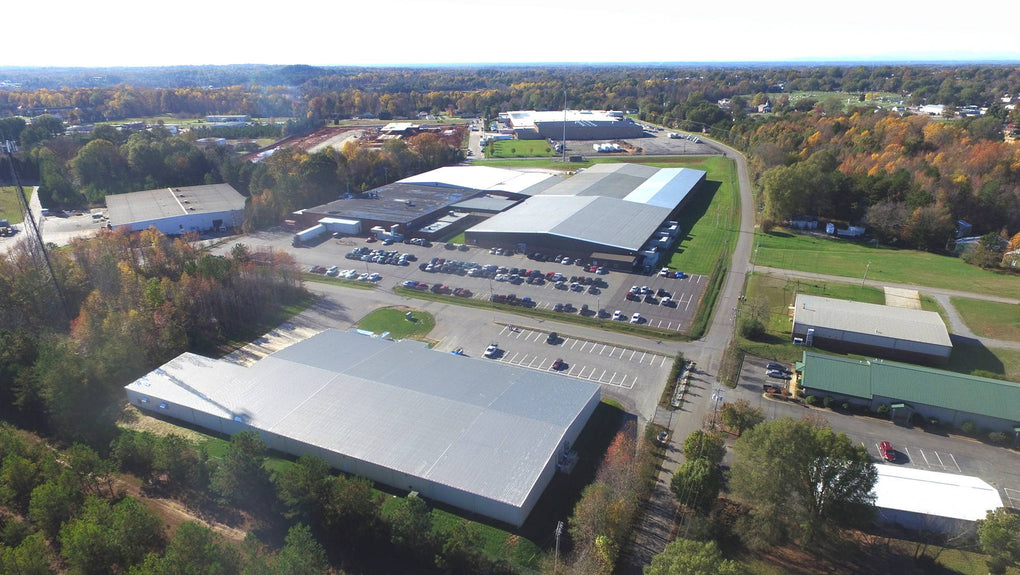
We Use Less Water
The textile industry has a massive problem. We use a lot of land, water, and energy resources in the production and dying of our fabrics. At STI and Revolution, we are committed to using water free dying techniques. Watch the video to lean how we dye our textiles in an environmentally friendly way.
How can synthetic be green?
Recycling is the process of transforming byproducts, waste, and other trash into new and useful materials. Olefin is the only UP-CYCLED fiber available for making upholstery fabric. Olefin is a byproduct of refining petroleum. For many years, it was discarded or simply burned off. The Nobel Prize for Chemistry was won by the scientists who discovered a use for this unique polymer. All Revolution Fabrics are made from 100% pre-consumer petroleum byproducts.
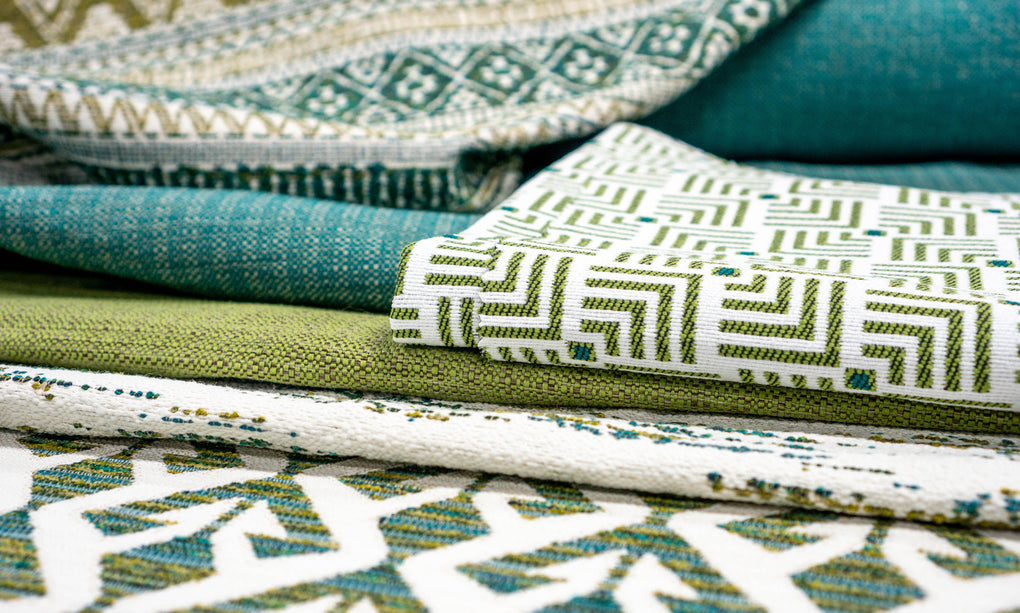
Blog | Our Mill
Stay up to date on all things STI by following our Blog titled "Our Mill".


